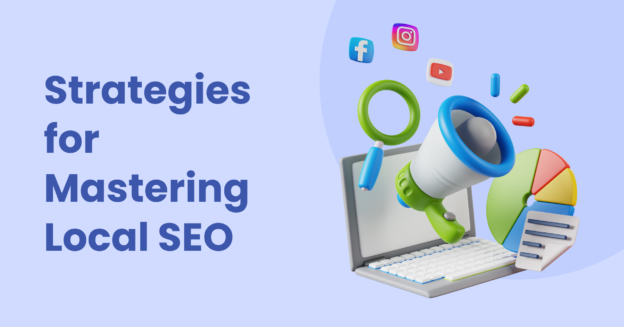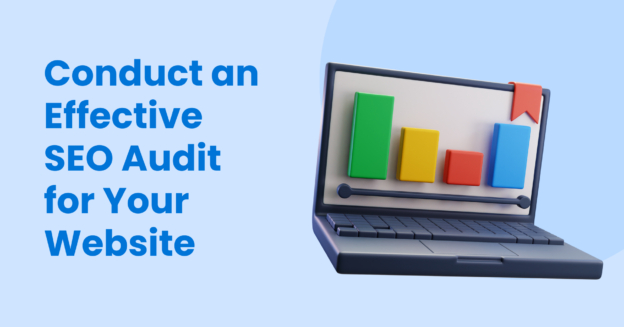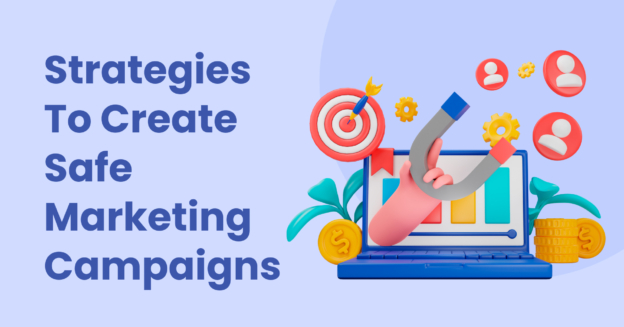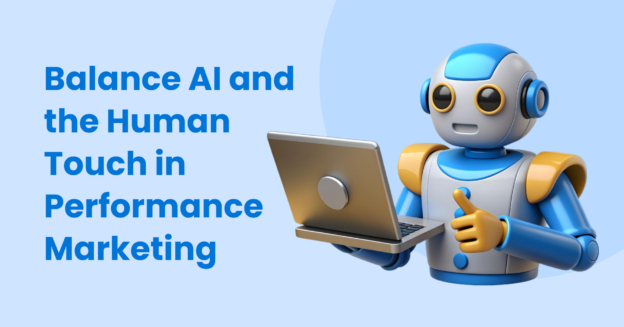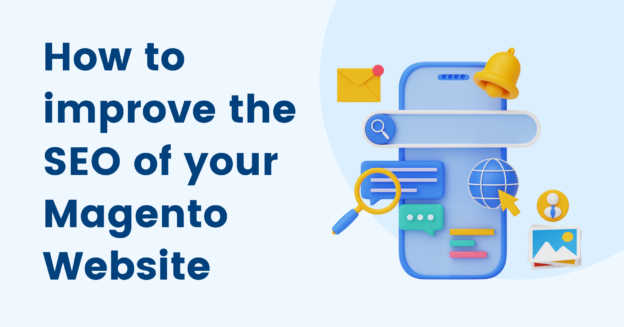Is your business fully leveraging local SEO to attract nearby customers? As Google continues refining its search algorithms, understanding and applying effective local SEO techniques becomes more crucial than ever. This guide will walk you through the essential strategies for enhancing your local search presence, particularly in the wake of Google’s March 2024 update.
Understanding Local SEO in 2024
Local SEO helps businesses promote their products and services to customers in the area at the exact time they’re looking for them online. The importance of local SEO strategy has grown significantly, and with Google’s March 2024 update, the stakes have gotten even higher. This recent update has placed a stronger emphasis on the relevance and originality of content, making it vital for businesses to adapt their SEO strategies accordingly.
The update affects search by penalising low-quality content more harshly and rewarding pages that provide clear, valuable, and locally relevant information. This means your SEO efforts must now be more focused and authentic than ever, ensuring your content genuinely serves the needs of local customers and adheres to the latest SEO guidelines. By understanding these changes, you can better prepare your business to appear prominently in search results, drawing more customers to your doorstep.
Optimising Google My Business
Google My Business (GMB) is a powerful tool for enhancing your local SEO. Start by claiming and verifying your business listing if you haven’t already. Make sure all your business information is accurate and up-to-date, including your address, phone number, and business hours. Regular updates and posts on your GMB profile can also improve your visibility and show Google that your business is active, which is favoured by the algorithm.
Photos and videos play a crucial role in enriching your GMB listing. Regularly upload high-quality images of your business, products, and events. This visual content not only engages potential customers but also signals to Google the legitimacy and appeal of your business.
Finally, utilise the Q&A feature to engage directly with customers. Answer their questions promptly and thoroughly. This not only aids in customer service but also enriches your profile with keyword-rich content, improving your local search rankings.
Enhancing Local Listings and Citations
Consistency is key when it comes to your business’s online information. Check all listings across directories like Yelp, TripAdvisor, and local business associations to ensure your business’s Name, Address, and Phone number (NAP) are consistent. Inaccuracies can confuse potential customers and negatively impact your search rankings.
Beyond accuracy, work on enhancing your presence in these directories. Encourage satisfied customers to leave positive reviews and address any negative feedback promptly and diplomatically. High-quality, positive reviews can improve your business’s visibility and attractiveness in local searches.
Also, consider expanding your listings to include niche directories related to your industry. These can provide valuable backlinks and direct traffic from potential customers who are interested in your specific services or products.
By refining your Google My Business profile and ensuring consistent, accurate listings across all relevant platforms, you set a solid foundation for your local SEO efforts, directly addressing the demands of the latest Google algorithm updates.
Local Content Optimization
Creating content that speaks directly to the audience in your area is essential. Start by identifying the specific needs and interests of your community. Host local events? Sponsor local sports teams? Mention these in your content. Use local landmarks and colloquial language to make your content resonate more with local customers. Also, make sure to optimise your pages with local keywords—think city names, neighbourhood names and jargon.
Regularly updating your blog or news section with articles about local issues or events not only keeps your content fresh but also establishes your business as a local authority. This can significantly boost your relevance in local search queries, especially post-2024 update, where the value and originality of content are heavily emphasised.
Leveraging Reviews and Social Proof
Reviews are a cornerstone of local SEO. They provide social proof and influence search rankings significantly. Encourage your customers to leave positive reviews by creating easy pathways to review sites and gently reminding them after a purchase or service. Address all reviews, both positive and negative, in a respectful and constructive manner. This responsiveness shows potential customers that you value customer feedback and are committed to continuous improvement.
Additionally, showcase these reviews on your website and social media to enhance credibility and attract more local searches. Engaging with customers on social media can also amplify your visibility and impact on local search results, making your business appear more connected and relevant to the community.
By focusing on content optimization and actively managing reviews, you not only enhance your local SEO but also build a stronger, more engaging relationship with your local customer base.
Building Local Backlinks
Building backlinks from reputable sources within your community can significantly enhance your local SEO. Collaborate with other local businesses, newspapers, and blogs to get featured in their content. Participate in community events or sponsorships that may lead to mentions in local media. You can also create valuable resources that local institutions find useful, prompting them to link back to your site. This approach not only boosts your SEO but also strengthens your community connections, reflecting positively on your business reputation.
Mobile Optimization for Local Search
With the increasing prevalence of mobile searches, especially local ones, your mobile site’s performance is more critical than ever. Ensure your website is responsive, meaning it adjusts smoothly to different screen sizes. The loading speed of your mobile site also needs to be fast, as users expect quick access to information while on the go. Additionally, optimise for local SEO by including location-based keywords and ensuring your local business information is easily accessible on the mobile version of your site.
By focusing on building solid local backlinks and optimising your site for mobile users, you can significantly improve your local SEO performance, catering effectively to the needs of mobile-first consumers and enhancing your visibility in local search results.
Using Local SEO Data to Drive Business Decisions
Accurate data analysis is essential for refining your strategy. Utilise tools like Google Analytics and Google My Business Insights to track how well your SEO efforts are performing. Look at metrics such as local search rankings, website visits from local users, and conversion rates. This data will help you understand which strategies are working and which areas need more attention. It’s also invaluable for identifying local consumer trends that can inform product or service adjustments.
Conclusion
Local SEO not only boosts online visibility but also strengthens community connections and supports business growth. Regular updates to your strategy, in response to new Google algorithm changes and local market shifts, are crucial for maintaining and improving your visibility in local search results. From refining your Google My Business profile to optimising mobile experiences and leveraging local backlinks, each step enhances your connection with the community and bolsters your online presence.

